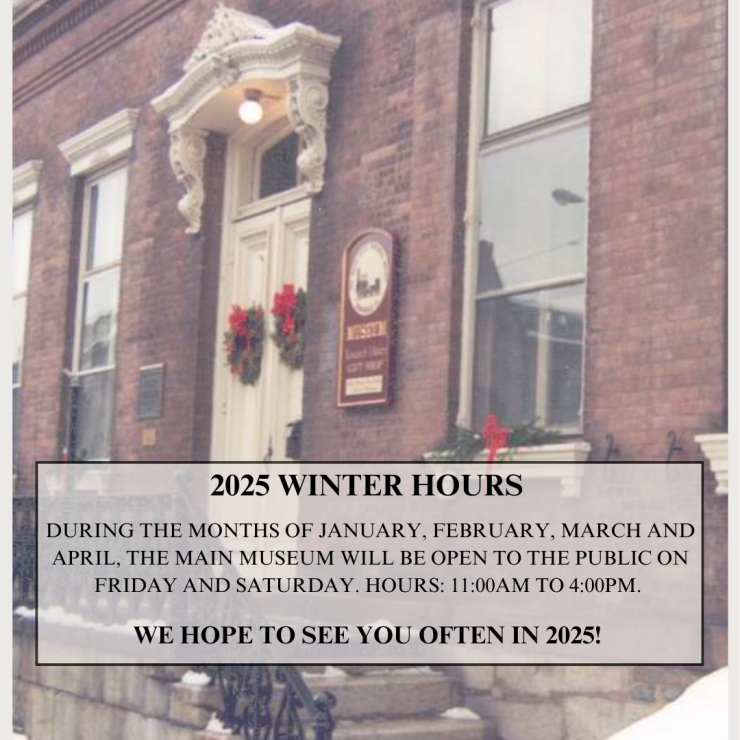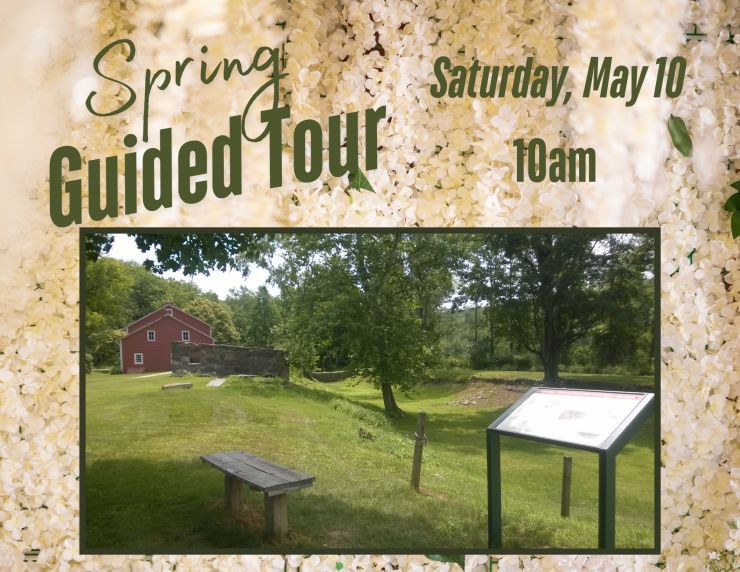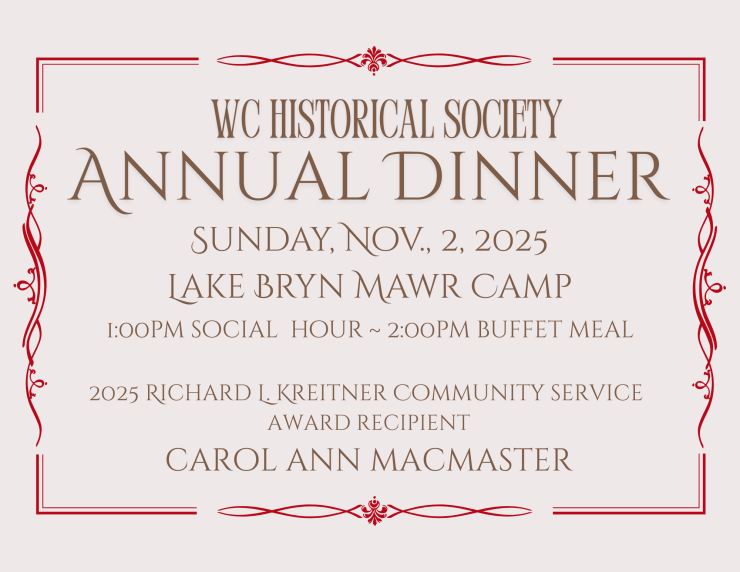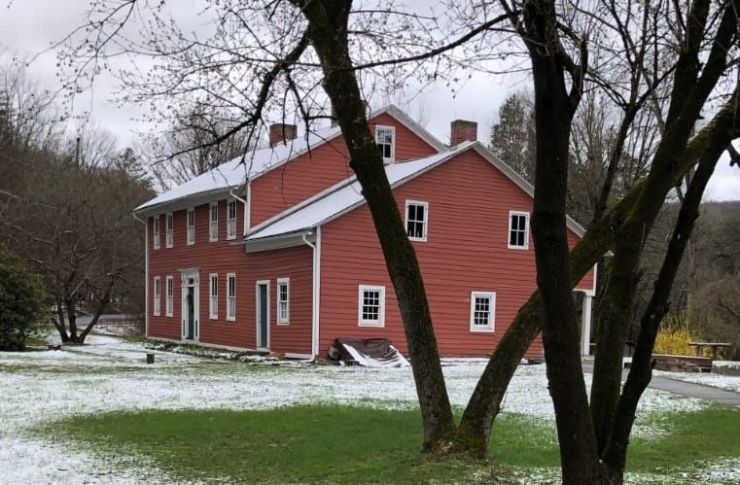Clinton Township
Clinton Township was established on November 17, 1834 from portions of Canaan, Mount Pleasant, and Dyberry townships. The township was named in honor of New York Governor DeWitt Clinton. The Moosic Mountains form its western border and it is within this range that anthracite coal is found. This makes Clinton Township the only place in Wayne County that contains coal.
Thomas Meredith, first Treasurer of the United States, owned large tracts of coal rich land along the base of the mountain range. He laid out what was to be known as the “old coal road” which was built by “bees” which meant the work was done by neighbors volunteering to assist. Meredith hoped to develop his coal lands to put a stop to what he saw as an effort by the Delaware & Hudson Company to monopolize all of the coal lands in the region. His undertaking proved unsuccessful.
Most of the early settlers of Clinton Township came from Connecticut. One of the most prominent was Michael Grenell, of Saybrook, Connecticut, a soldier in the Revolutionary War. When word of the Declaration of Independence reached New York City in 1776 he was among the crowd of men who tore down the statue of King George of England that stood at the foot of Broadway. Among the other early arrivals in the township were the Griswold, Loomis and Norton families. Later they were joined by several emigrants from England, including Rev. and Mrs. Henry and Eliza (Banning) Curtis and James Giles and his family from Cornwall.
Mr. and Mrs. Giles were the victims of considerable misfortune. Their first home was destroyed in a great whirlwind in 1851 that uprooted trees, blew down fences and leveled the Baptist Church. In 1865 several members of the family were afflicted with ‘black fever’ and died. Their children John C., age fifteen; Albert M., thirteen; Lavinia, twelve and Ocena, five were buried on the same day in March. Another son William, aged ten years, died on April 6 and Mr. Giles’ parents, who resided with them, died in May and October, respectively. Only one son, Ralph, survived.
Horace Griswold, a native of Massachusetts, was famous for his amazing strength. While constructing the frame for a tannery a problem developed in which one of the “bents” (beams) could not be raised another inch and it was almost certain to give way and cause injury to several people who were working on the structure. Horace came to their assistance and, with his remarkable strength, lifted the “bent” into place.
In 1813 Levi Norton constructed the first saw mill in the township. The first post office in the township was established in 1819 and named Mount Republic with Alva W. Norton as postmaster until 1852 when it was moved to Aldenville with Julius T. Alden as postmaster. The only grist mill in the township was built in 1853 and later operated by J. W. Bunnell.
Colonel Zadock Pratt, who operated a very successful tannery at Prattsville, Greene County, New York, moved to Clinton Township about 1850 and erected a large tannery which used eight thousand cords of hemlock bark per year. It was in operation until 1882 when it was abandoned and the timbers later sold. With the beginning of the tanning industry a sudden demand for bark was created. In an effort to meet this growing demand, land owners cut huge amount of timber but sadly the bark could not be used as fast as it was peeled so millions of feet of bark were left to rot resulting in a waste of valuable timber.
The Central Baptist congregation was organized in 1831 and their first church was constructed in 1846 but destroyed by a cyclone in 1851. Another church was erected on the same site in 1855. The Methodist Episcopal Church was constructed in 1845 due in large part to the labors of Thomas and William Olver and Charles Manaton.
The Clinton Cut Glass Company, started by Charles C. Wilmarth in 1905, was located in Aldenville. After his death the business was purchased by Royal and Charles Reichenbacher. The original building burned in 1918 but was re-built and the factory continued to operate until 1924.
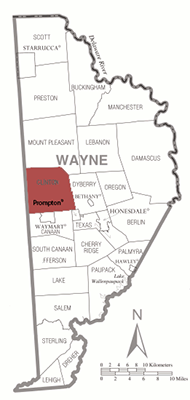
Navigation
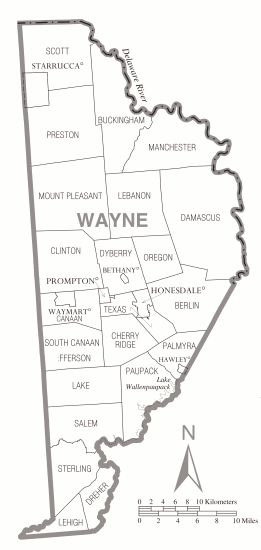
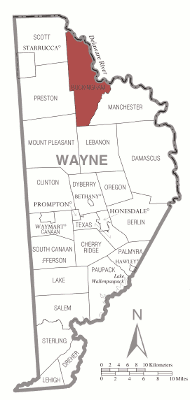
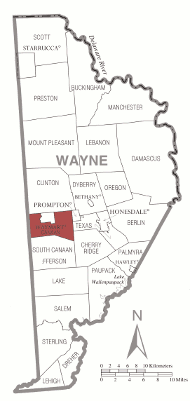
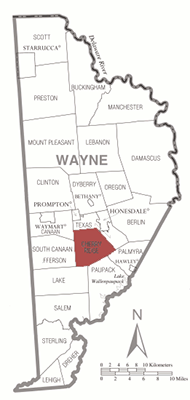

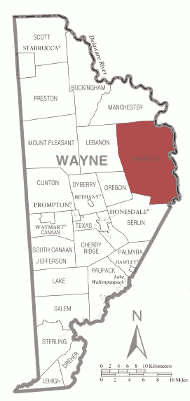
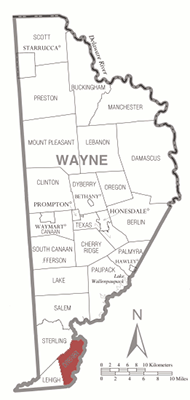
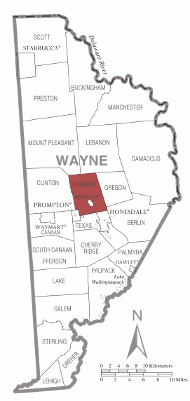
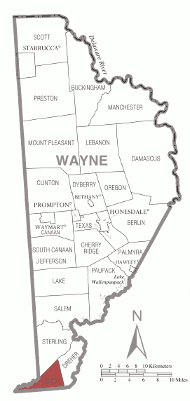

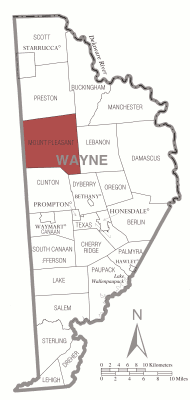
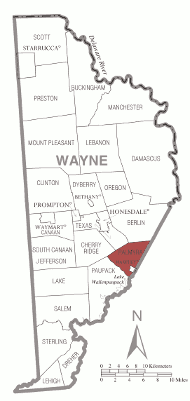
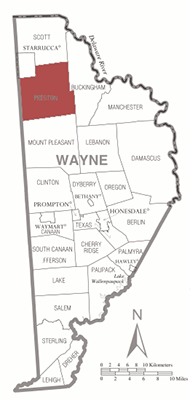


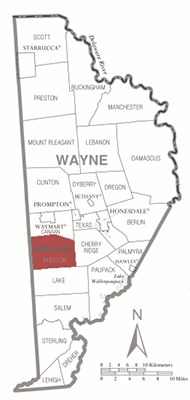
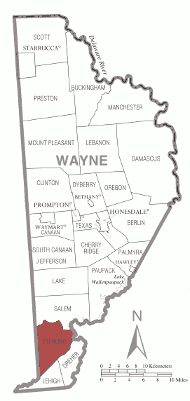
News and Events


